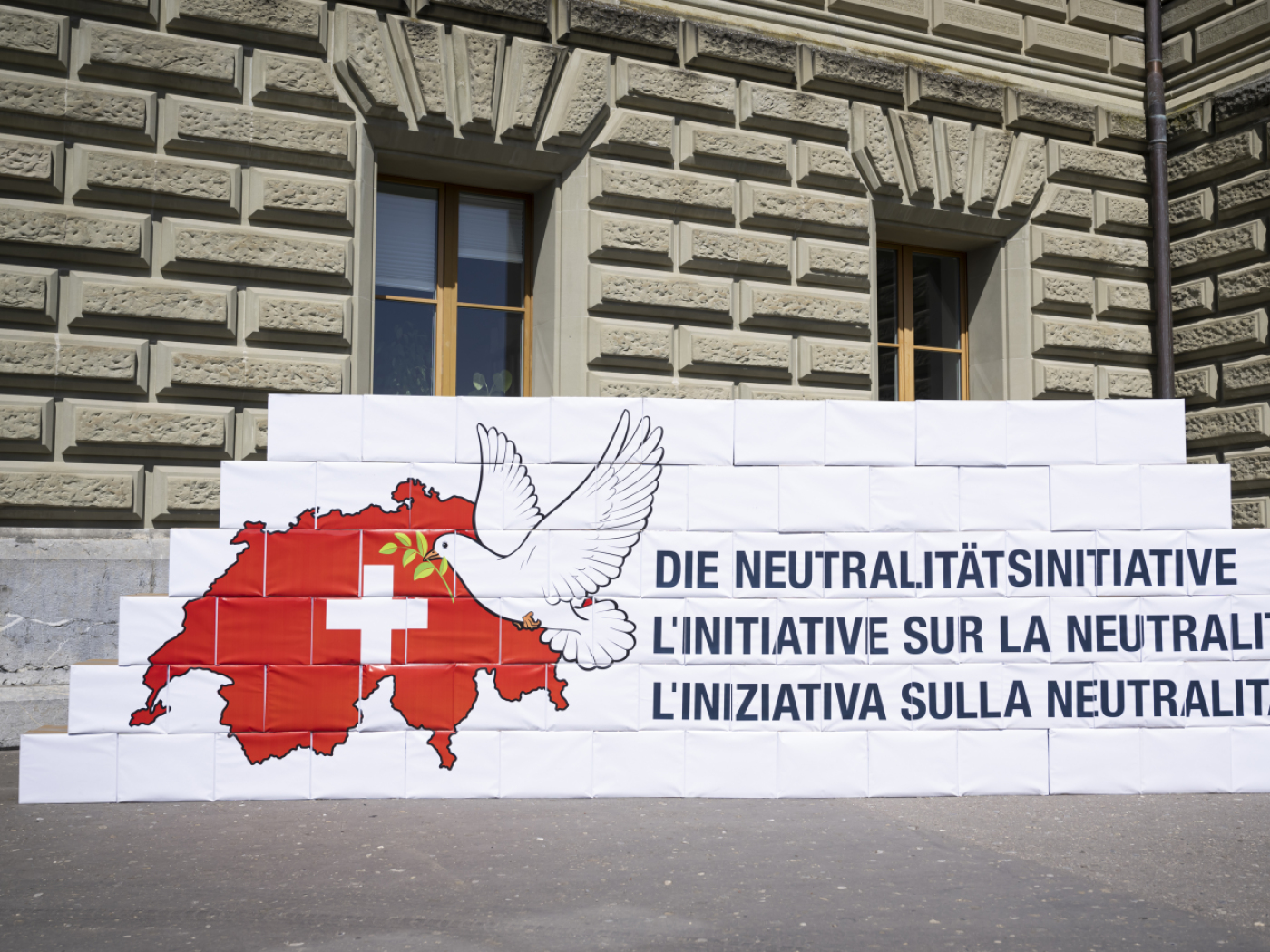
How a fly farm gives new value to food waste
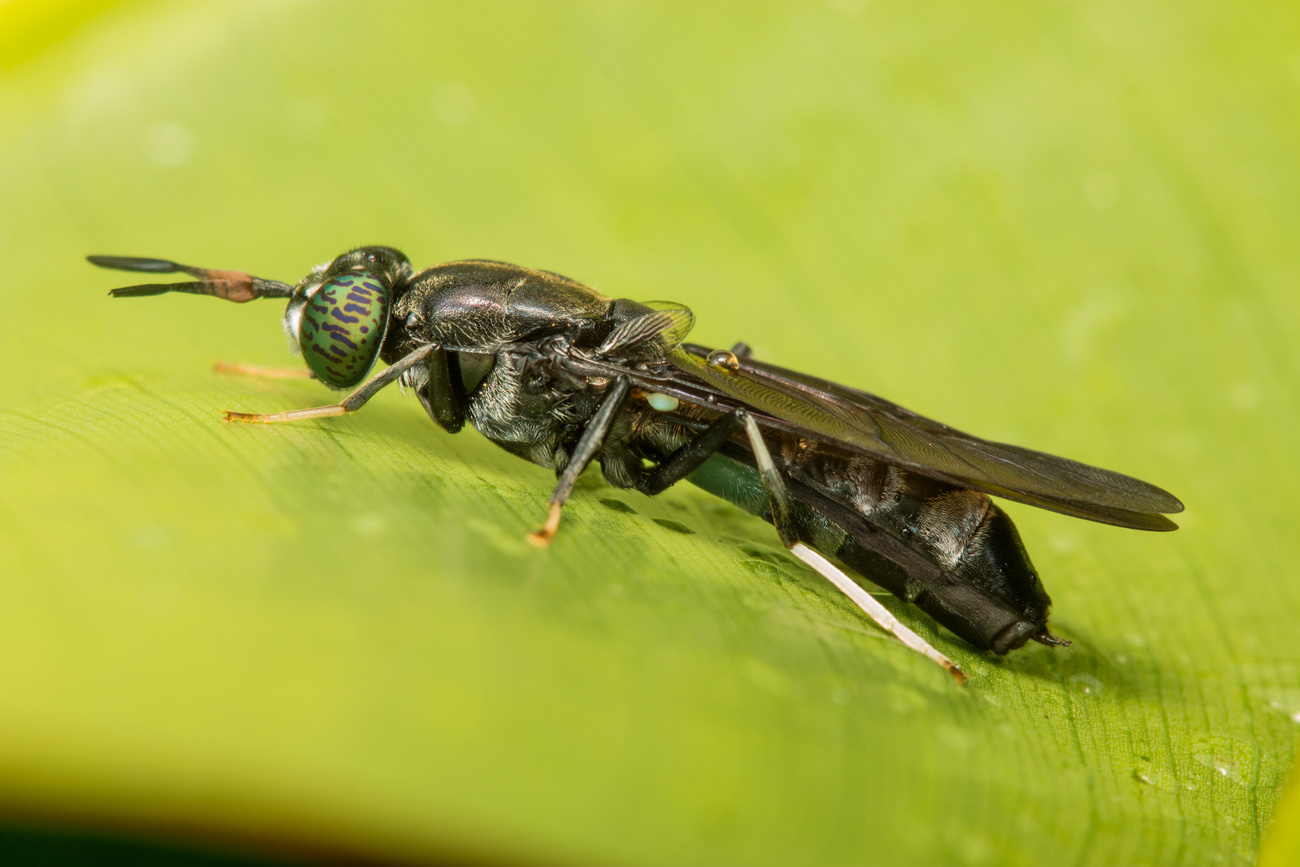
The larvae of the black soldier fly are capable of digesting huge amounts of organic waste, while making it possible to produce animal feed, biofuels and fertilisers without consuming raw materials.
The start-up TicInsect, based in southern Swiss Ticino canton, is planning to set up the first bio-waste treatment plant in Switzerland, in which a few hundred million of these voracious insects will be at work.
Most of us have probably wondered what flies are for, especially when they buzz persistently in front of our noses and will not stop pestering us. Believe it or not these insects can carry out extremely useful tasks for us such as making a significant contribution to reducing resource wastage, deforestation and climate change. They can become a valuable ally in creating a circular and sustainable economy.
Accelerated bio-conversion
The pesky flies are able to recycle, cleanly and efficiently, the enormous volume of food waste produced by industry, households and agriculture.
“Nearly three million tonnes of organic waste is generated in Switzerland each year. For want of an appropriate separate collection system, most of this ends up in incinerators. Throwing away material with such a high nutritional and energy value is not just a waste but an economic mistake,” says Elisa Filippi, founder and CEO of TicInsect.
Filippi, who holds a degree in animal production science, opened a laboratory in the Italian-speaking town of Tesserete last year with the aim of showing how organic waste can be managed and processed in a new way. The workers at this pilot plant are tens of thousands of larvae of the black soldier fly, a variety that is highly resistant to disease, cold and other environmental factors, as well as being easy to handle and used to living in crowded conditions wherever they find organic matter. The larvae are highly voracious and can polish off a pizza in a matter of a few hours.
Inside the laboratory, cages have been set up in which the soldier flies live out their rapid life-cycle: they are born, mate, lay their eggs and die within one to two weeks. After the eggs have been collected and incubated, the larvae are born. Placed inside special boxes, these great devourers of biomass grow from a microscopic size to several centimetres in length within around 20 days.
“During this period they do nothing but eat. In this way, they carry out the bio-conversion of organic waste, taking everything that is nutritious and transforming it into proteins and fats. They can even clean off and purify decomposing organic matter, at the same time reducing the volume of the biomass by draining it of water,” explains Filippi.
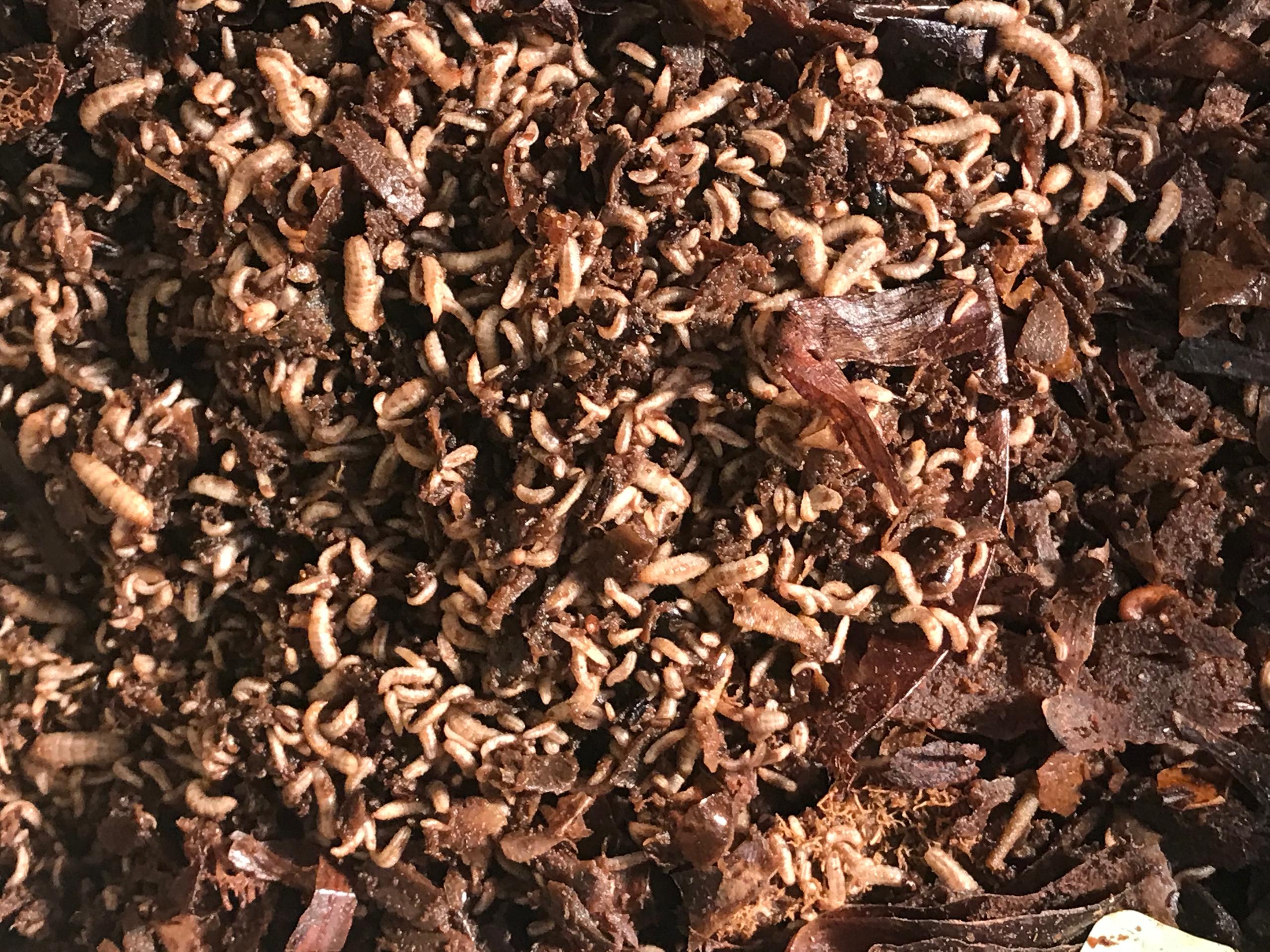
Animal feed
However, the main purpose of the farm is not just to get rid of organic waste in a more intelligent way without using up energy. The larvae themselves and the matter they process can be recycled with added value, in such a way as to reduce the consumption of raw materials on the planet.
“From 100 kilos of organic mass we can extract 10 kilos of protein for animal feed, five kilos of fat to produce biofuels and 20 kilos of fertiliser. The rest is water, which evaporates.”
The rapid growth in the world’s population and higher standards of living in many countries have led to a sharp increase in meat consumption. This trend is having a huge environmental impact, particularly when it comes to the production of animal feed.
“The main sources of protein for meat-producing animals today are fishmeal and soybean meal. Fishmeal is a major cause of overfishing: we are depleting the oceans mainly in order to feed animals, not people. The production of soybean meal requires large expanses of land and intensive monocultures, which are often obtained through deforestation in tropical and sub-tropical areas,” Filippi stresses.
Soy cultivation and overfishing disrupt ecosystems and exacerbates climate change. What is more, both products have to be imported from far-off countries, which has a negative impact in terms of transport
As an alternative to this, the CEO of TicInsect therefore proposes using the larvae of the soldier fly to produce meal and fats for animal feed. It is a very nutritious feed with a protein profile and, furthermore, it is completely natural for many animal species. The animals are not being forced to consume things that they are not predisposed to eat: chickens, other farmyard animals and pigs, for instance, have always eaten insects. Dogs and cats too.
“We are the ones who are forcing them to eat inappropriate foods, which contain fish, soybean and cereal meal,” says Filippi.
Biofuels and fertilisers
For the production of animal feed, it is forbidden by law to feed the larvae meat or fish, in order to prevent any outbreaks similar to mad cow disease. TicInsect therefore makes use of vegetable waste stemming mainly from agri-food industries. Larvae fed with organic waste from households, which contains a bit of everything, could instead be used to produce fats to be transformed into biofuels and fertilisers for ornamental gardens or houseplants.
At the moment, if it is not incinerated, organic household waste is partially used to produce biogas or for composting. However, both are inefficient solutions. Composting requires a lot of space and time, precious commodities nowadays, whereas larvae can carry out bio-conversion in just a few days and in small spaces. In the case of biogas, only 30% of the organic mass can be recovered; the rest is sludge, which must then be dealt with.
“Meanwhile, with the larvae, nothing is thrown away. Compared to other processes it is a virtuous circle, as hardly any earth or water is consumed, refuse matter is used and wastage is thus avoided, production takes place locally and, with the fat from the larvae, clean energy can even be obtained to run the plant,” says Filippi.
After receiving several awards and financial support for the pilot project, the start-up hopes soon to find the necessary investments to build its first industrial plant from next year, at an estimated cost of CHF3 million ($3.4 million), in which several hundreds of millions of flies will be bred.
Schemes of this kind have already sprung up or are under construction in several other European countries. The two largest ones are found in the Netherlands and France. In Switzerland there is still a lot of resistance, says the founder of TicInsect.
“On the one hand, flies and larvae elicit a certain revulsion, even if breeding takes place in an enclosed area, as required by law. On the other hand, huge sums of money have been spent in Ticino and in many other cantons to build incinerators, which have proved to be too big, simply gigantic. So, instead of increasingly promoting recycling and a circular economy, the preferred solution today is just to burn everything.”
Translated from Italian by Julia Bassam

In compliance with the JTI standards
More: SWI swissinfo.ch certified by the Journalism Trust Initiative
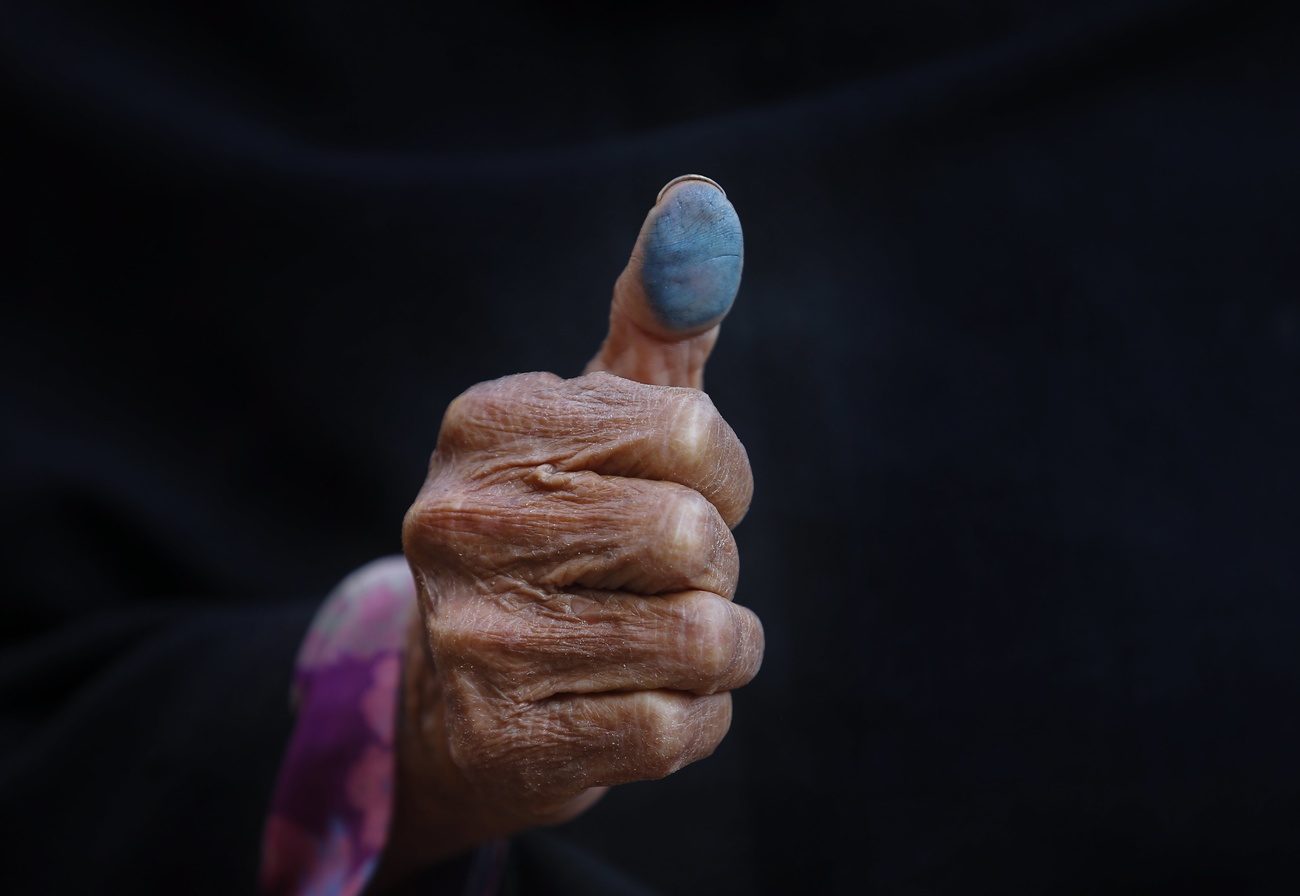








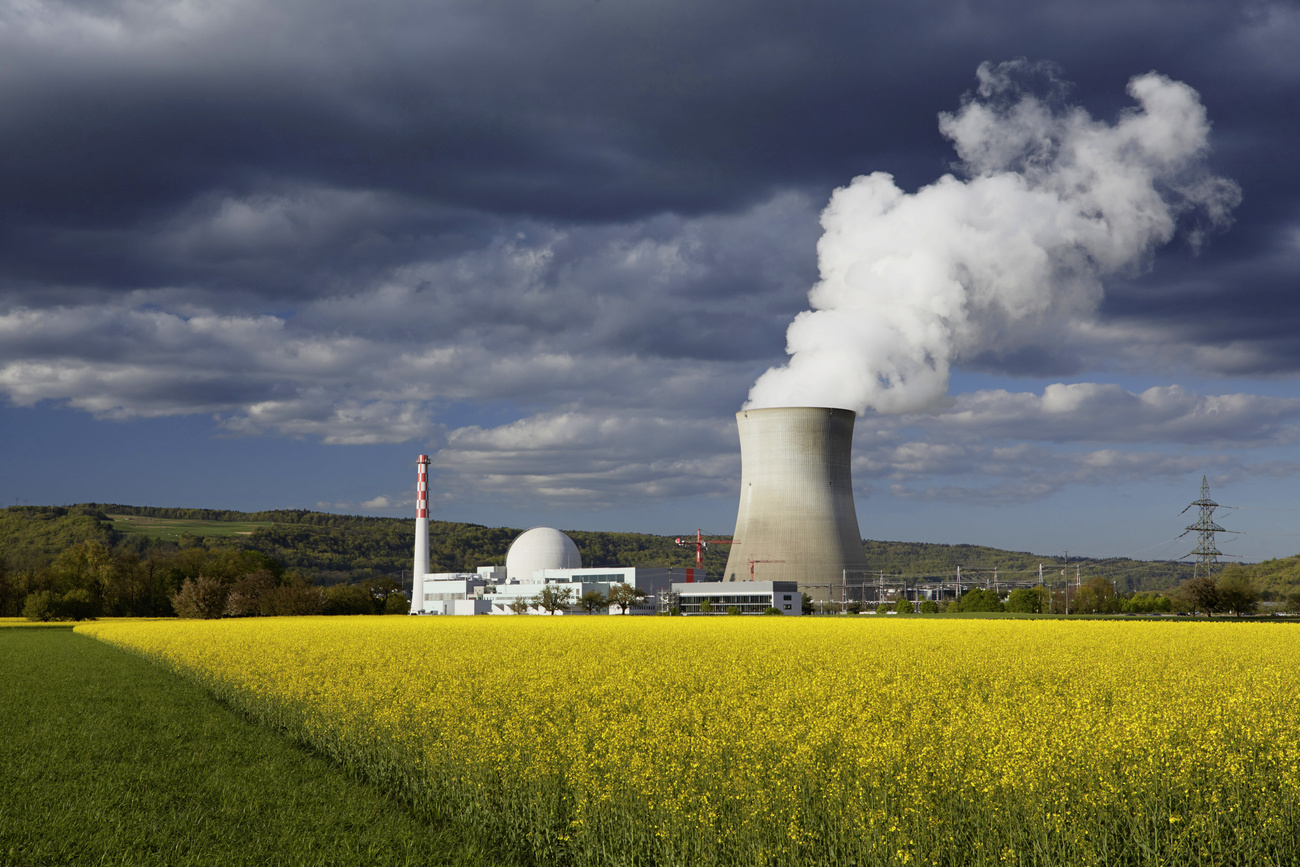
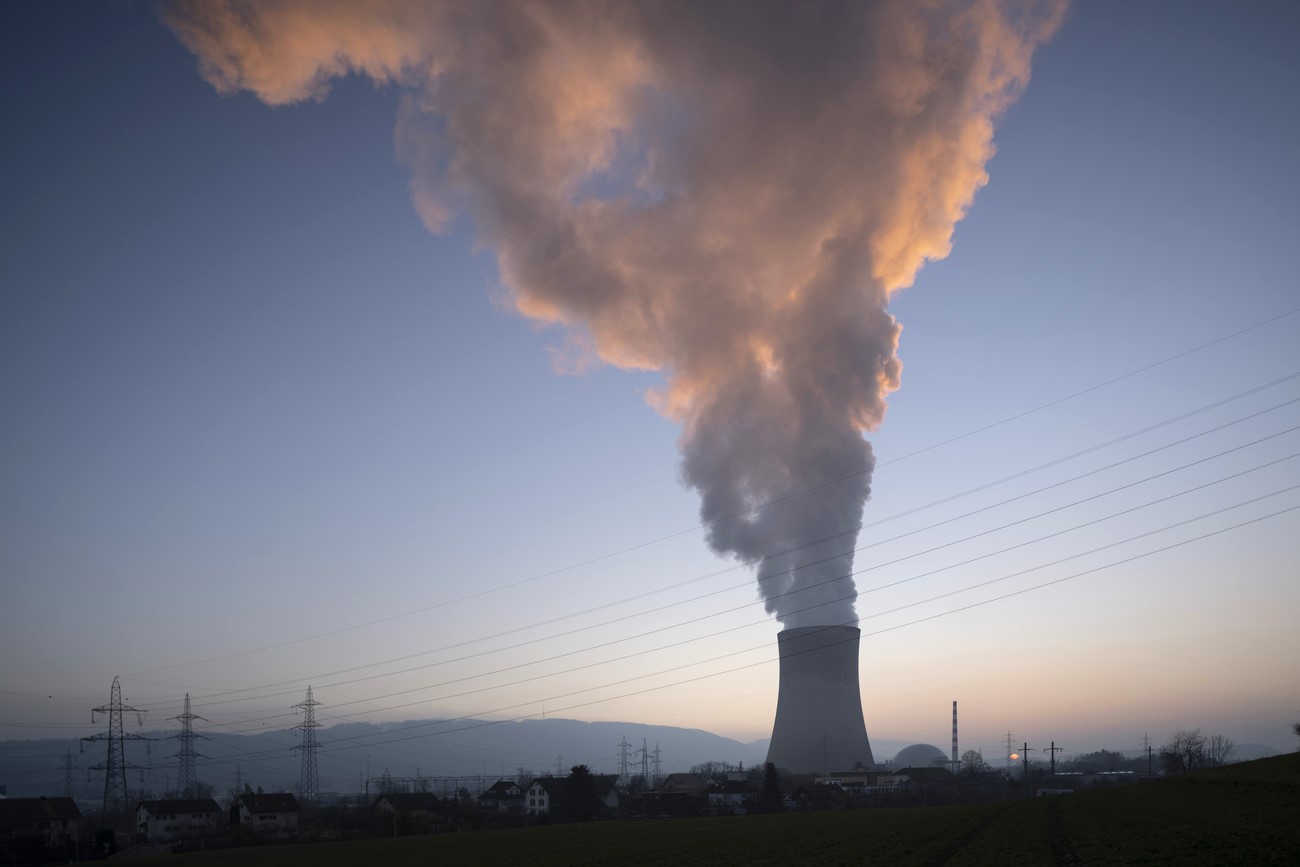



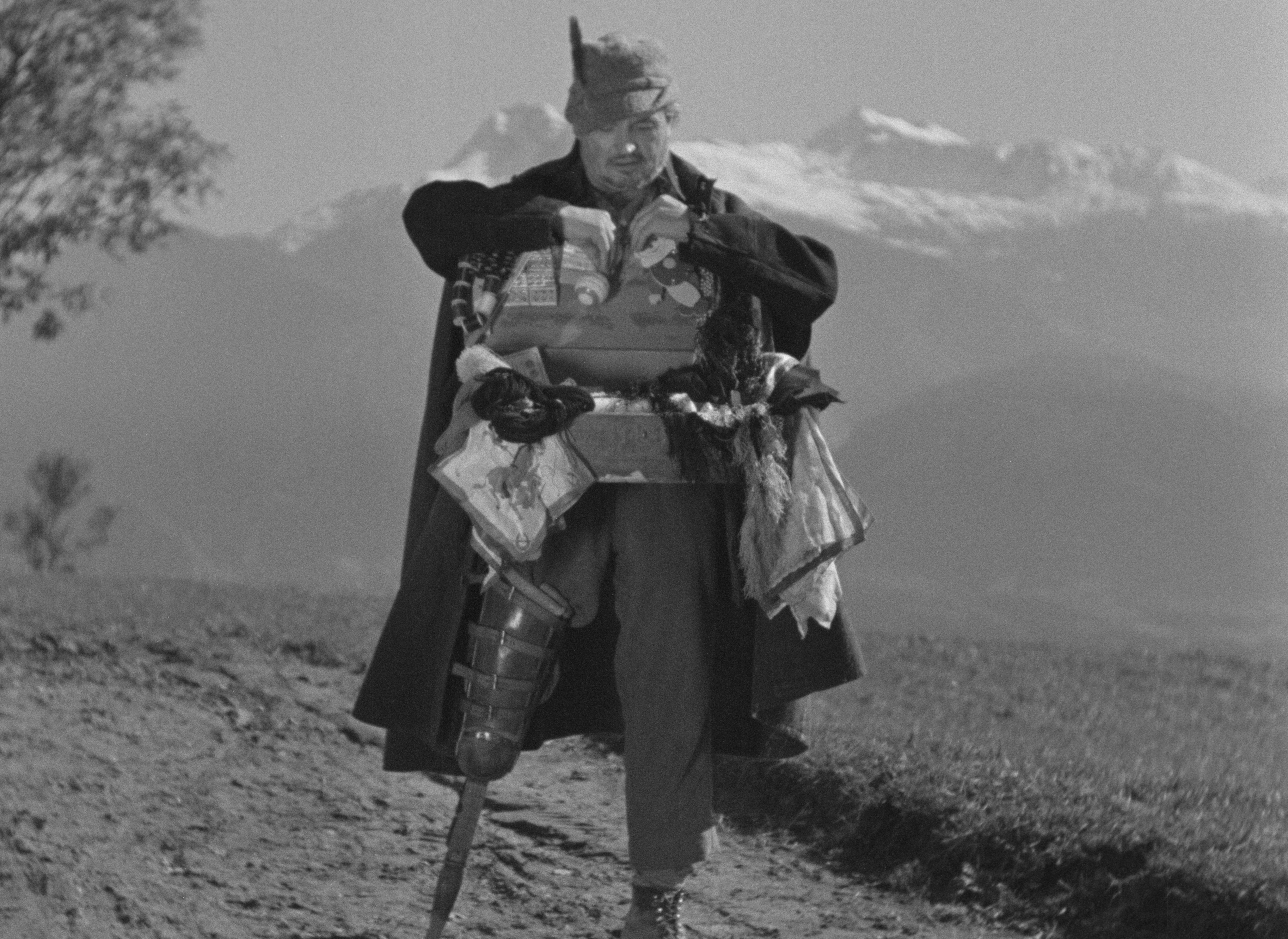
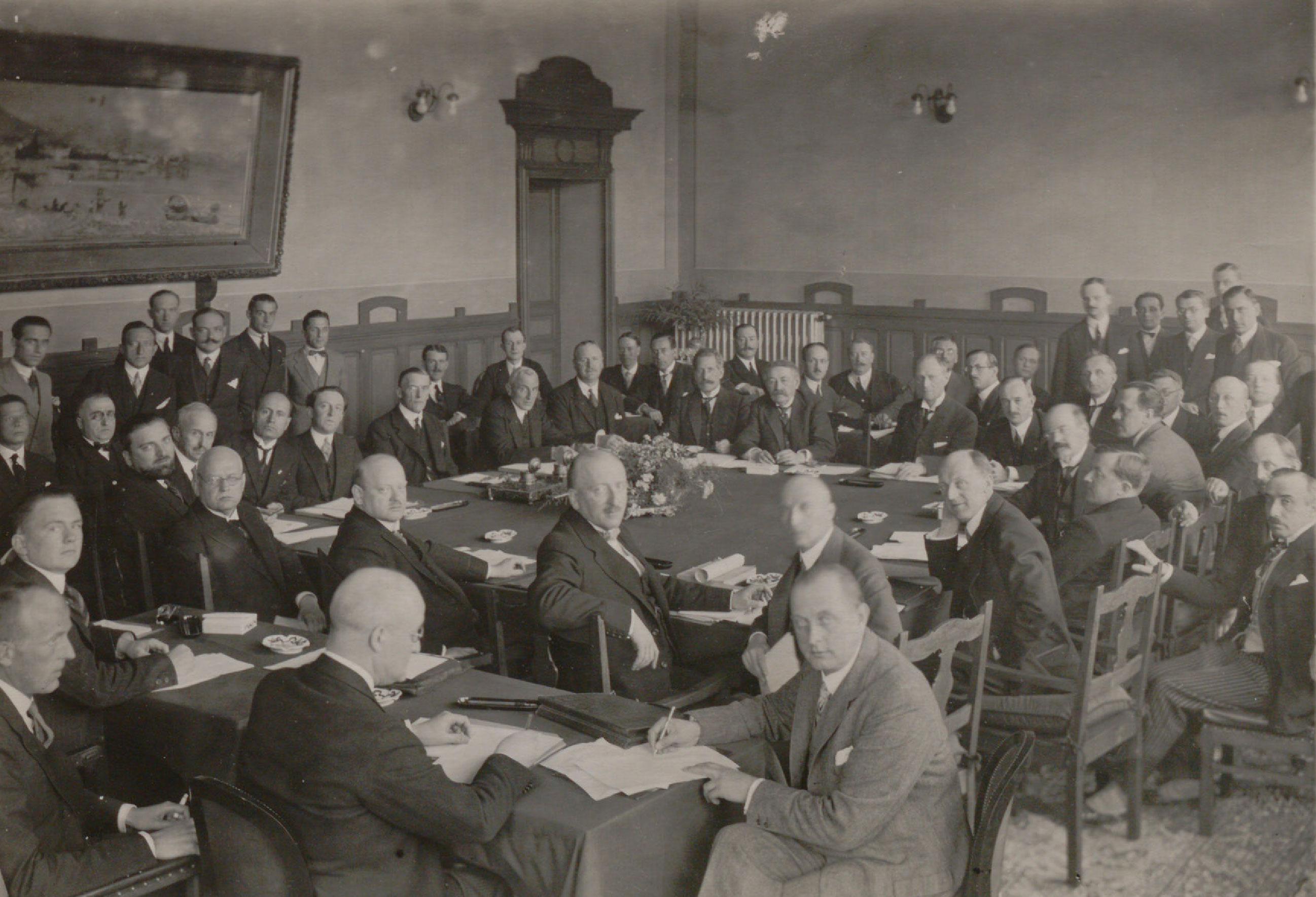



















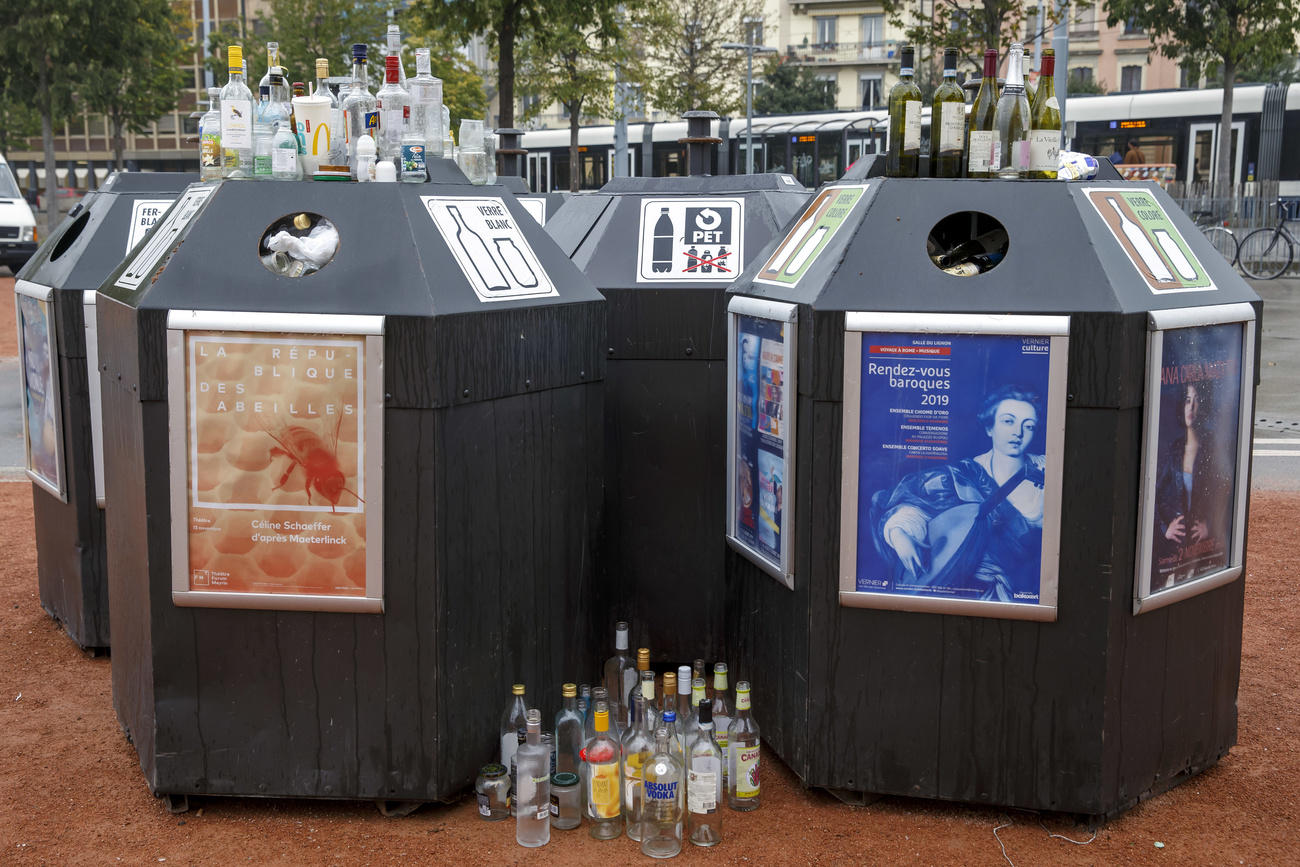
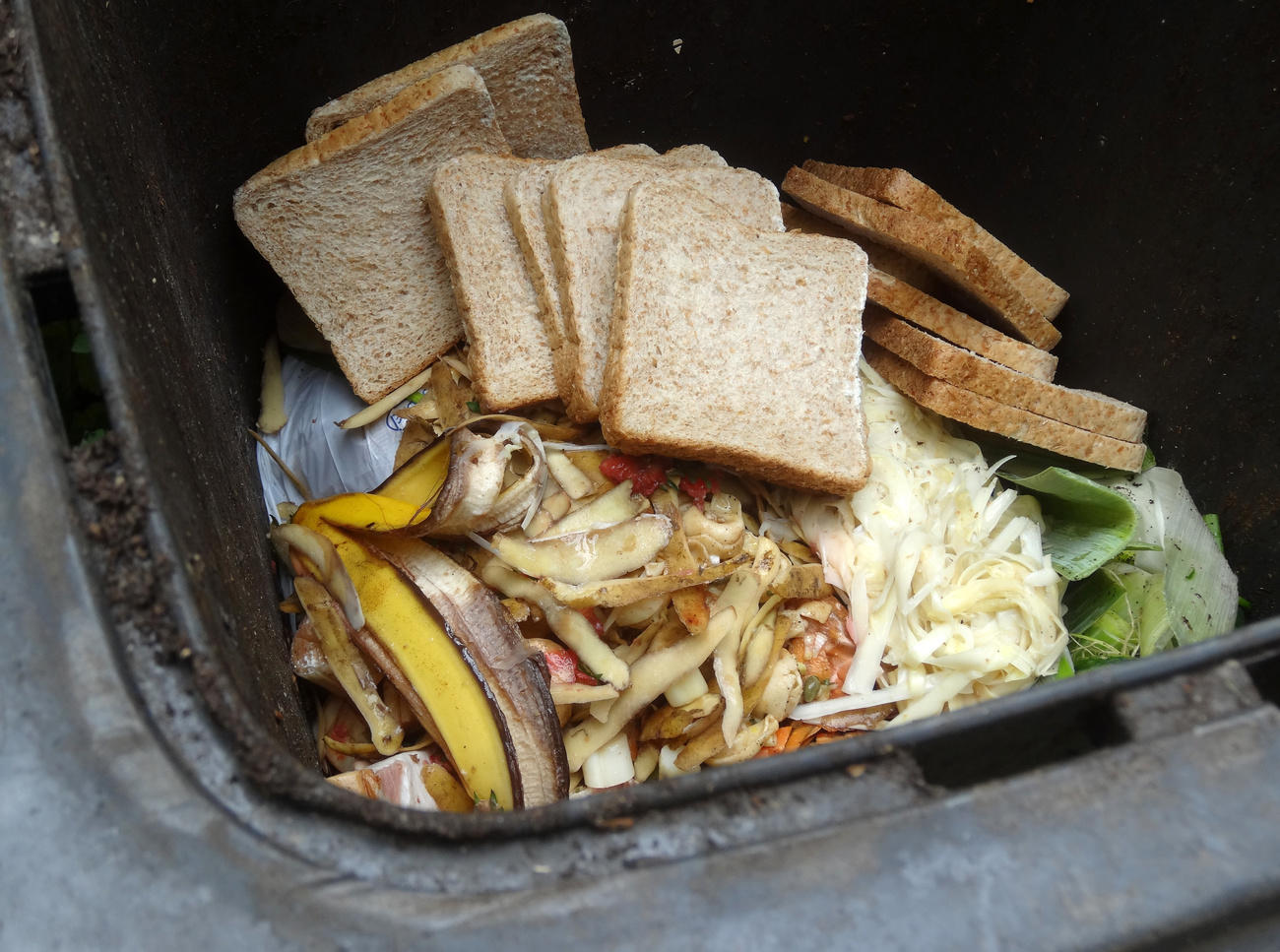

Join the conversation!